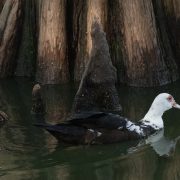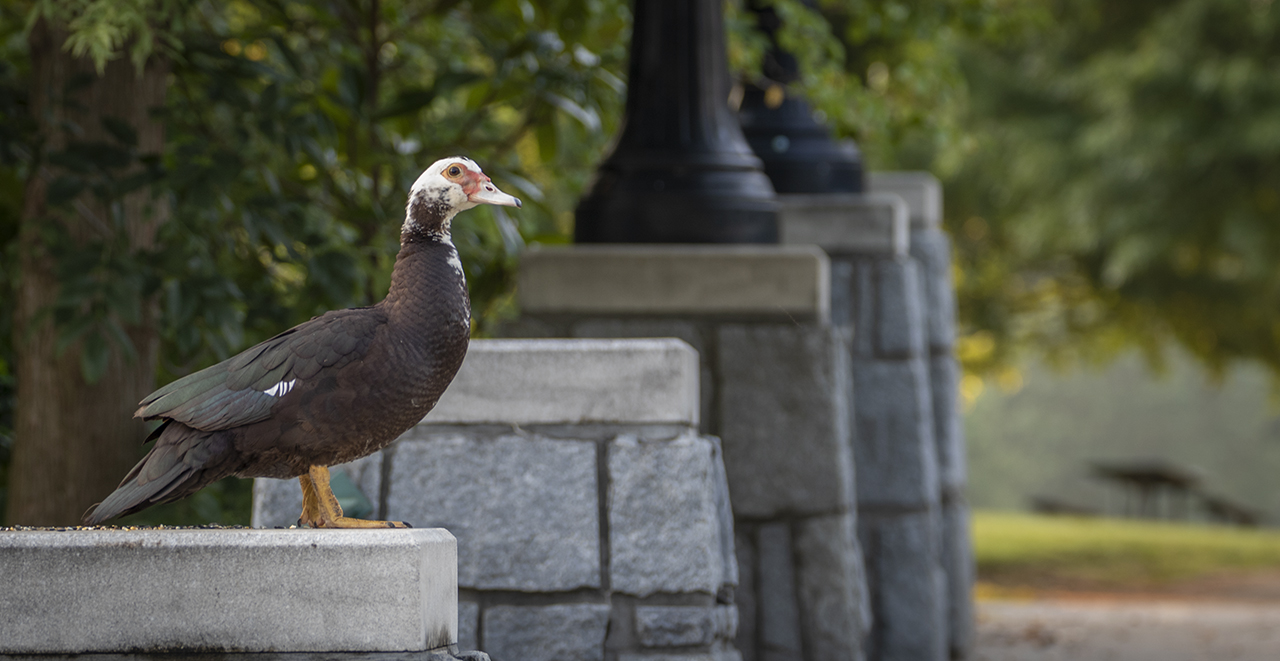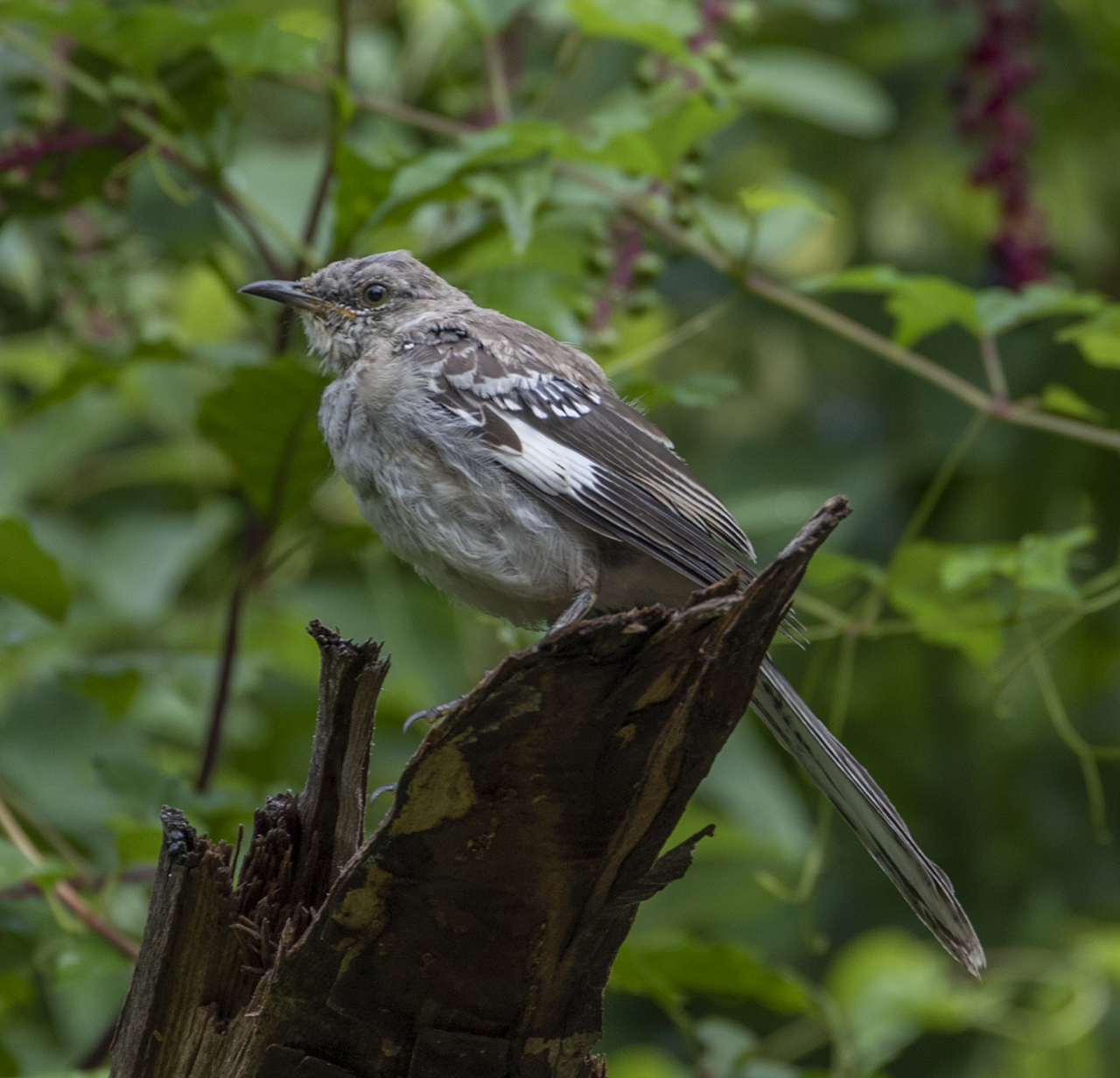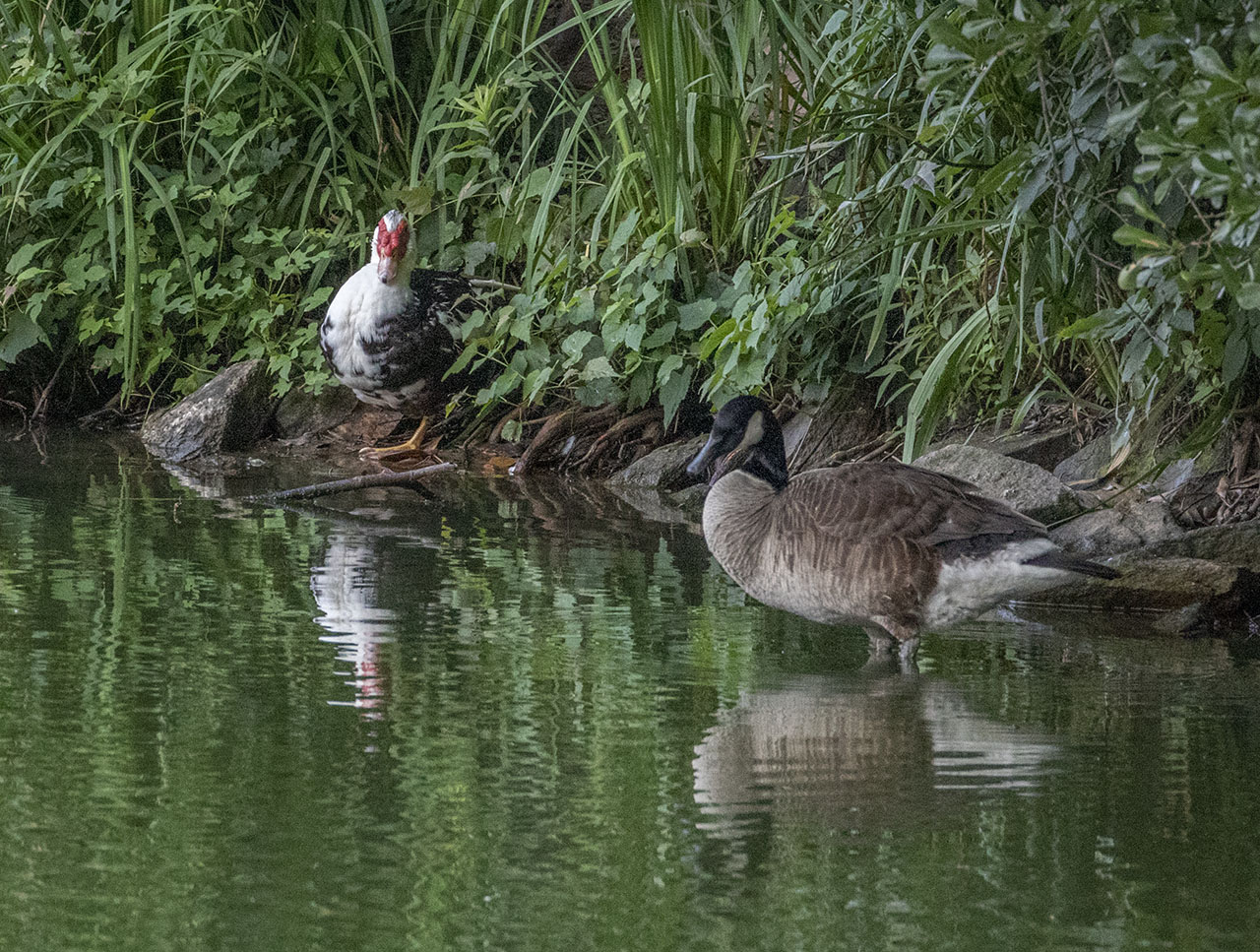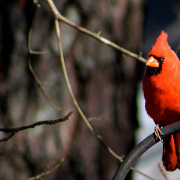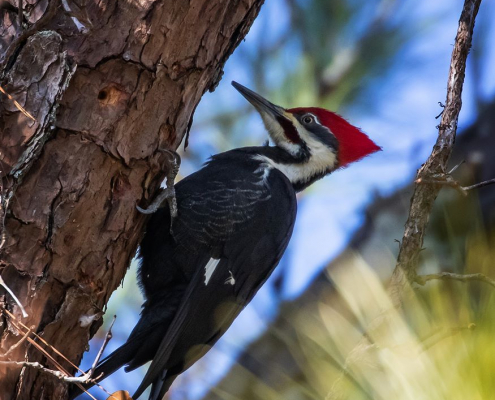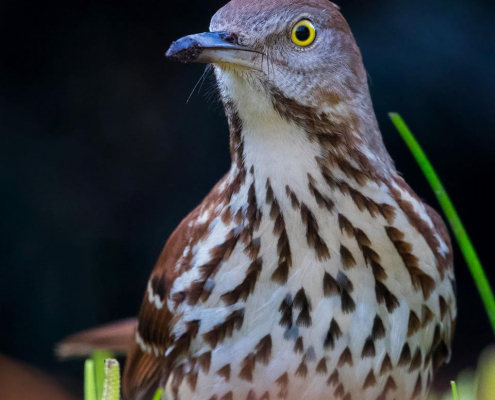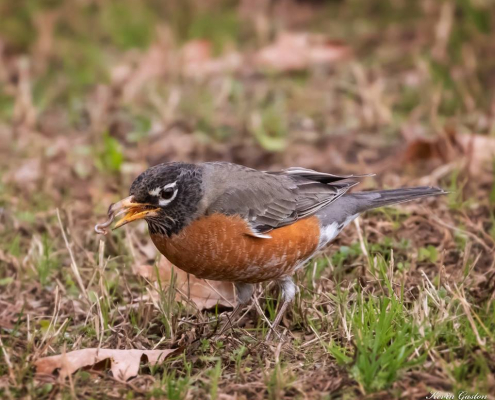Feathered Friends: Fall Bird Migration in Piedmont Park
While fall migration through Georgia may not be as spectacular as springtime migration, it is still a sight to behold. Starting as early as August, many birds make their way south in preparation for the winter season. During migration, these birds use “stopover habitats” as resting places on their long journey. Stopover habitats are places to eat, sleep, and recharge, like a hotel room on a long drive.
Photo Credit: Clay Fisher
So, when fall migration peaks in late September and October, who is checking into Georgia, and who is checking out? Feathered friends including a few sparrow species, multiple duck species, kinglets and cedar waxwings come to Georgia. These species have been nesting up north all spring and summer long. We also have some species checking out in search of warmer weather. Warblers, thrushes, orioles and more will begin their journey south.
Photo Credit: Clay Fisher
How can you spot these travelers, and maybe even help out? While most of these birds will do the bulk of their traveling at night, you can still spot them while they stop for food. In fact, with the losses in stopover habitat, you can ensure a sighting by turning your backyard into a migratory bird oasis! Plants such as elderberry, sumac, and dogwood provide berries. Hackberry and American beautyberry provide nutrient-rich fruits. Providing a feeding place for birds helps fuel them up for their long journey, or helps them recharge after it.
Photo Credit: Clay Fisher
So grab your binoculars and field guide, and observe! Don’t forget that the best way to observe wildlife is to stop, look, and listen.
Want to learn more about animals, plants and all things science? Check out our online resources here.

